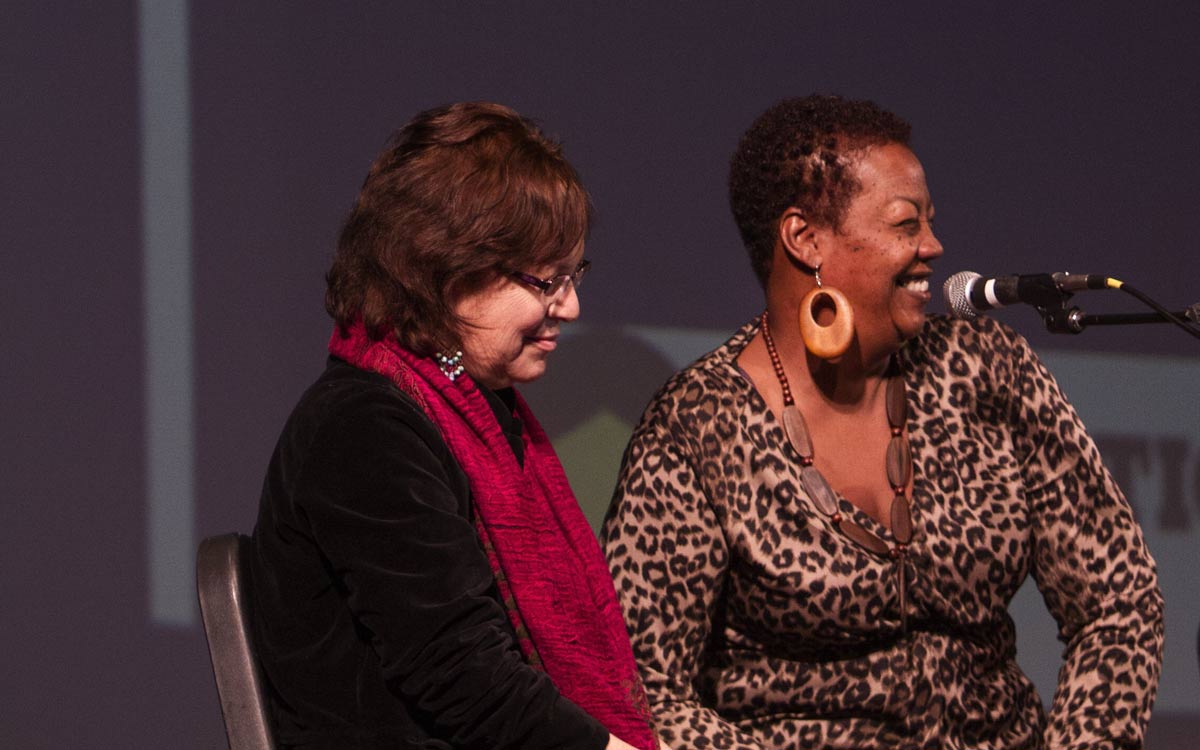
Newsrooms everywhere are searching for ways to meaningfully connect and build relationships with their audiences. For many, this is an existential challenge, made more complicated by a media and information ecosystem increasingly vulnerable to misinformation, distrust, and divisiveness. Fatigued by negative news, some audiences are tuning out, no longer confident in the media’s capacity to reflect either the reality of their lives or the interests of their communities.
Solutions journalism offers an opportunity to change that dynamic. Stories that better reflect the whole of a community – its problems and the responses to those problems – can create a platform for more constructive discussion, which in turn can lead to corrective action and innovation. In this way, there’s an organic and powerful interplay between solutions reporting and audience and community engagement.
Cultivating and sustaining this sort of dialogue demands effort at a time when newsroom resources are ever more scarce. The good news: We know that audiences and communities desperately crave to participate in a new sort of conversation. They want constructive stories that help them take action against seemingly intractable problems. They want the tools and fora to talk across political, racial, and cultural divides.
The Solutions Journalism Network and others have documented the strong strategic connection between solutions reporting and activities that drive constructive public discourse and productive online discussions. Through the experiences of our partners, we have seen the power of solutions journalism to build trust with communities, particularly those that feel disengaged, alienated, or left out of the media. We have also seen evidence that solutions-oriented news gives consumers greater levels of self-efficacy, energy, and connection to their community, strengthening the constructive agency of individuals and groups and catalyzing productive participation in society.
There are many resources and communities of practice emerging on a daily basis to tackle the engagement challenge. This Guide does not intend to duplicate the knowledge contained in other communities of practice, toolkits, and guides (see the “Resources” section for a curated list of these). Rather it will focus narrowly on the mutually reinforcing relationship between solutions journalism and audience engagement activities. Through the experiences of our newsroom partners, you’ll see the impact that audience and engagement strategies can have on solutions reporting and newsroom relationships. You’ll find information about designing and managing online and offline activities that amplify solutions stories and drive more constructive public discourse. We’ll share tools, tactics, insights, and best practices from newsrooms that have reimagined their coverage by better understanding and addressing the needs of their communities.
This toolkit was produced by Natalie Chang and the staff of the Solutions Journalism Network.